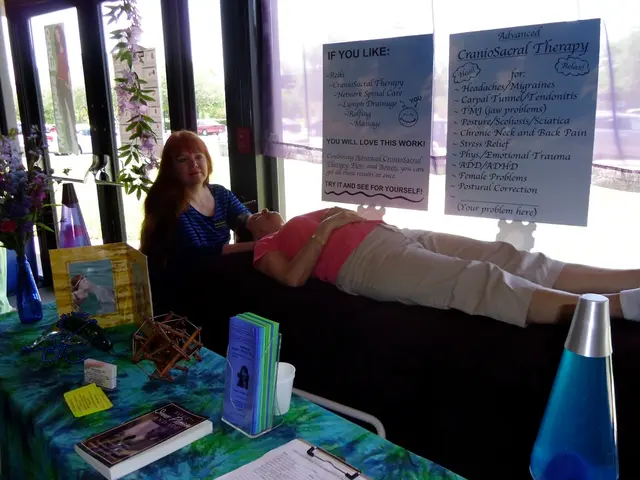Investigating the Impact of Forensic Analysis in Miscarriages of Justice
The landscape of the criminal justice system has been dramatically transformed by advancements in forensic science, with DNA analysis, fingerprinting, and ballistic testing playing significant roles in precise identification of perpetrators. These innovations have not only revolutionised investigations but also fostered public confidence in judicial processes.
However, these advancements are not without their challenges. The integration of artificial intelligence and machine learning stands to further transform forensic analyses, but the potential for misinterpretation or mishandling of evidence remains a concern. Inadequate funding for forensic laboratories can hinder the implementation of advanced technology and rigorous procedures, leading to inconsistencies in the quality and standards of forensic practices across different jurisdictions.
Historical cases of wrongful convictions have significantly influenced our understanding of the reliability of forensic techniques. DNA testing exonerations, for instance, have demonstrated the fallibility of prior forensic or investigative methods, emphasising DNA's role as a benchmark for accuracy in forensic science. Eyewitness misidentification, a common cause of wrongful convictions, has questioned the reliability of human memory in court, leading to reforms in how eyewitness evidence is collected and used.
Reform initiatives stress the importance of training and education for forensic practitioners, as well as the need for national guidelines and accreditation for forensic laboratories. Advocacy for forensic reform has gained traction, with a focus on establishing standardized protocols, enhancing the reliability of forensic evidence, and reducing the risk of wrongful convictions.
Emerging technologies significantly enhance forensic science in wrongful conviction cases, including innovations in DNA analysis and evidence collection. Noteworthy technologies include next-generation sequencing (NGS), digital forensics, and 3D crime scene reconstruction. These advancements are expected to improve the accuracy and reliability of evidence, addressing the issues that arise from outdated techniques.
As the justice system incorporates these technologies, increased collaboration among forensic scientists, law enforcement, and legal professionals is essential. The potential for reducing wrongful convictions is significant with the integration of innovative forensic science into the justice system. Continuous investment in forensic science not only enhances investigations but also fosters a culture of accountability and accuracy in the legal framework.
In conclusion, the journey towards greater justice in the criminal justice system is a continuous one, marked by advancements and challenges. The lessons learned from wrongful conviction cases underscore the unreliability of certain forensic techniques, the importance of comprehensive legal representation, the necessity for ongoing education and training in forensic practices, and the necessity for policy reform. As we move forward, it is crucial to maintain a critical and objective approach to forensic science, ensuring that it serves as a tool for truth and justice, rather than a source of error and injustice.
[1] Urban Institute. (2004). DNA Mixtures: What Do They Mean for Forensic Science and the Courts? [2] National Academy of Sciences, National Academy of Engineering, and Institute of Medicine. (1996). The Evaluation of Forensic Evidence: Improving the Science of Criminal Investigation. [3] The Innocence Project. (n.d.). Causes of Wrongful Convictions. [4] National Institute of Justice. (2009). Misleading Evidence: The Role of the Informant in Wrongful Convictions. [5] National Academy of Sciences. (2009). Strengthening Forensic Science in the United States: A Path Forward.
Medical-conditions such as wrongful convictions, a common consequence of misleading evidence, can significantly impact health-and-wellness. The innocence project highlights causes of wrongful convictions, including eyewitness misidentification and inadequate forensic practices (The Innocence Project). In response, science plays a crucial role in addressing these issues, with advancements like next-generation sequencing (NGS), digital forensics, and 3D crime scene reconstruction aiming to improve the accuracy and reliability of forensic evidence, thereby reducing the risk of wrongful convictions (Urban Institute, National Academy of Sciences).




